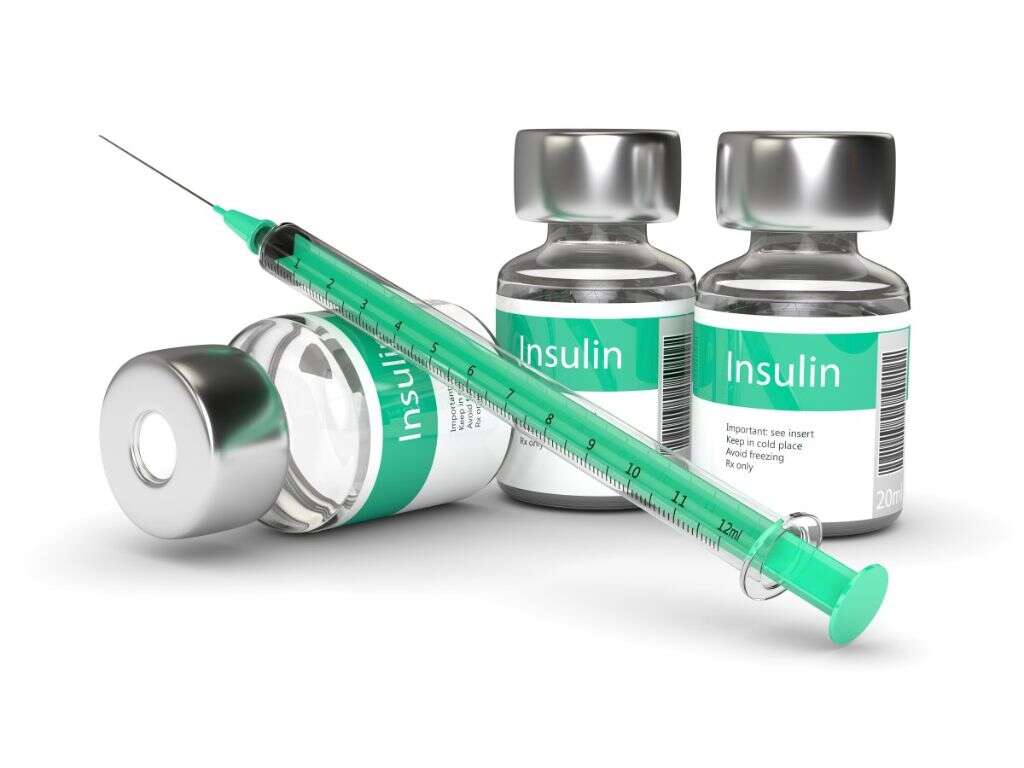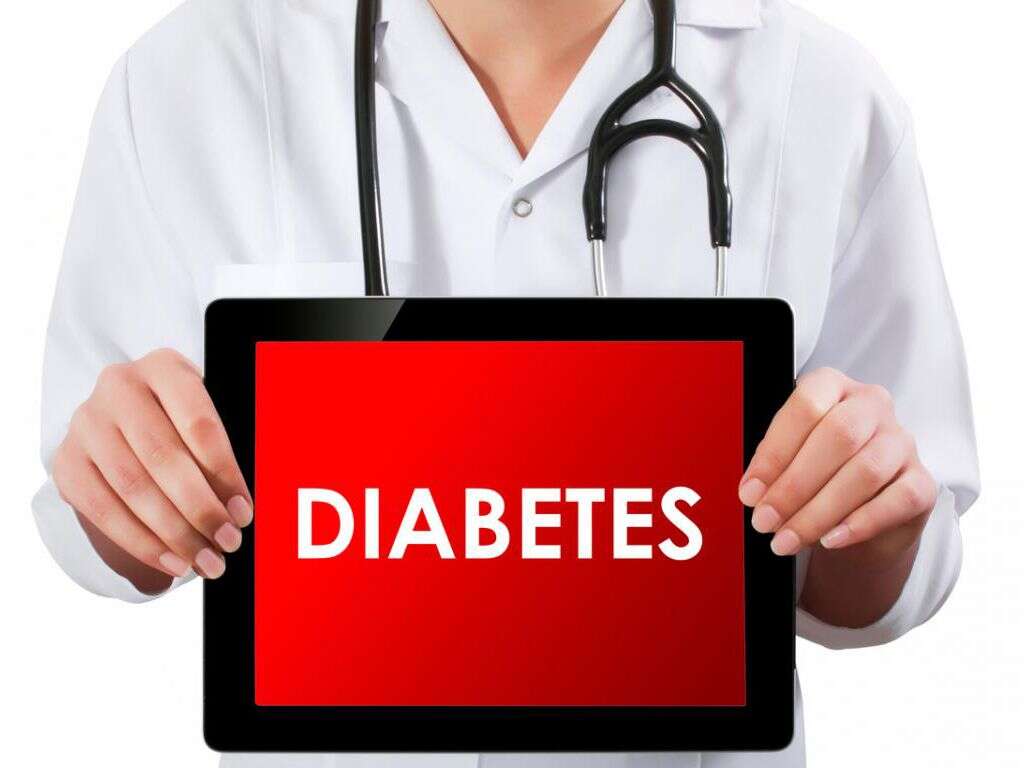10 Prediabetes Symptoms
Prediabetes is a medical term used for people whose blood sugar levels do not meet the established criteria for diabetes mellitus but are too high to be considered normal. In fact, the same blood tests used to diagnose diabetes mellitus are used to screen for prediabetes: fasting plasma glucose (FPG), 2- hour plasma glucose during a 75-g oral glucose tolerance test (2-h PG), and Hemoglobin A1C (A1C). Specifically, according to the American Diabetes Association, prediabetes is characterized by impaired fasting glucose (FPG of 100mg/dl to 125mg/dl), and/or impaired glucose tolerance (2-h PG of 140mg/dl to 199 mg/dl), and/or an A1C of 5.7-6.4 percent.1Classification and Diagnosis of Diabetes: Standards of Medical Care in Diabetes—2019. (2018). Diabetes Care, 42(Supplement 1). doi:10.2337/dc19-s002
Although prediabetes is mostly asymptomatic, screening for this condition is important because it places individuals at high risk of developing diabetes mellitus and cardiovascular disease. In general, screening for prediabetes should start at age 45 years. However, testing should also be considered in individuals who are overweight (at any age) and who have other risk factors for diabetes.1Classification and Diagnosis of Diabetes: Standards of Medical Care in Diabetes—2019. (2018). Diabetes Care, 42(Supplement 1). doi:10.2337/dc19-s002
Luckily, not all people with the condition will develop diabetes. In order to prevent this progression (when possible) timely diagnosis is key. Additionally, the patient must be counseled by a medical specialist on important lifestyle changes. These might include weight-loss strategies and an increase in physical activity.
1. Increased Thirst
Adequate ingestion of fluids is indispensable for maintaining cellular functions. As a consequence, it is normal to feel thirsty several times a day. However, there are pathological situations when this sensation becomes more frequent or stronger than usual (polydipsia), leading to the intake of excessive quantities of water or fluids. In fact, prediabetes and diabetes, among several other medical conditions, can cause increased thirst.
Polydipsia in people with prediabetes can be attributed to high blood sugar levels. Recall that in prediabetes, glucose has trouble entering the cells. Consequently, the concentration of the blood increases (osmolarity) above the normal threshold, and, as a result, receptors of thirst centers in the brain (osmoreceptors in the hypothalamus) become activated. The end goal of this regulatory mechanism is the transmission of signals from the brain to produce a conscious awareness of thirst and a decrease in the concentration of the blood.
2. Increased Urination
Excessive urine production is medically known as polyuria, which is normally characterized by a urine output that exceeds the three liters per day in adults. This increase in urine volume generally results in an increased frequency of urination. Polyuria is a possible symptom of prediabetes and diabetes; however, it can also be seen in many other medical conditions (i.e. diabetes insipidus).
In general, the blood in our body is filtered by the kidneys. Normally, the glucose that is filtered by the organ is later reabsorbed into our blood almost entirely; thus, there should be little to no glucose in our urine. In prediabetes or diabetes, the high levels of glucose in the blood surpass the ability of the kidney to reabsorb it. As a result, glucose is excreted in the urine (glucosuria) and, because it causes water retention in the tubule of the kidney, it increases the amount of urine that is produced (osmotic diuresis). Additionally, recall that in these conditions there is an increased sensation of thirst (due to hyperglycemia) that can lead to excessive fluid intake and increased urination.

3. Dry Mouth
Dry mouth can be a sign of dehydration caused by prediabetes or diabetes. However, dehydration can also be caused by several other conditions. Dehydration can also manifest as dryness in other mucous membranes such as the eyes. In addition, it can cause an increased sensation of thirst, decreased urination, darker urine, lightheadedness, etc.
People with prediabetes and diabetes have an increased risk of dehydration. As mentioned previously, elevated glucose levels in the blood (hyperglycemia) can cause an increase in urination (polyuria) that can eventually lead to dehydration. If you are experiencing symptoms of dehydration along with other manifestations of prediabetes or diabetes, consult with your healthcare provider as soon as possible.
4. Itching of the Skin
Prediabetes and diabetes can affect almost any part of the body, including the skin. In general, high blood sugar can contribute to dry and itchy skin. However, many other skin complications can arise in prediabetes. One common example is Acanthosis nigricans, which is not an exclusive manifestation of diabetes or prediabetes. For instance, it can also be present in individuals with obesity, hormonal disturbances (i.e. ovarian cysts, hypothyroidism), or cancer. Additionally, certain medications or supplements like niacin, corticosteroids, and oral contraceptives can also cause this skin condition.
Acanthosis nigricans is characterized by the presence of dry, thick, and dark patches of skin. These lesions usually appear in skin folds like the groin, armpits, or neck. However, they can also be seen in hands, knees, and elbows. Additionally, these lesions can cause discomfort, especially if they produce itchiness of the skin.

5. Fatigue
Fatigue is a medical term that can be defined as a pathologic sensation of constant tiredness that is very profound and has no identifiable cause by the patient (i.e. overworking, lack of sleep). Additionally, this extreme tiredness generally does not improve with rest. It is a symptom of a variety of medical conditions, including prediabetes. In fact, undiagnosed prediabetes is one of the most common causes of fatigue.
Insulin is necessary for the transportation of sugar (glucose) from the bloodstream into our cells. Without it, the cells of the body can’t receive the energy they require for basic functions. In prediabetes, the body’s cells might not respond normally to insulin (insulin resistance); thus, glucose builds up in the blood instead of entering the cells. Episodes of high blood glucose (hyperglycemia) and blood glucose fluctuations are known to produce fatigue in patients with prediabetes and diabetes. Additionally, certain conditions or risk factors that can be associated with prediabetes can also lead to fatigue. These include obesity, reduced physical activity, and poor nutrition. Finally, increased urination in prediabetes can cause dehydration and contribute to fatigue as well.
6. Excessive Hunger
Excessive hunger is a common symptom of prediabetes and diabetes mellitus; however, it can be caused by other diseases as well. This symptom is characterized by an abnormal strong sensation of hunger or increased appetite that does not subside after ingesting food. Additionally, it can lead to polyphagia or increased food intake.
Recall that if there is a lack of insulin or insulin resistance, the glucose in the bloodstream can’t make its way into the cells. Essentially, the body is not able to convert the food that you ingest into energy. As a result, the body responds by increasing appetite. If you are experiencing sudden increases in appetite during meals, you should consult with your healthcare provider.

7. Blurred Vision
Blurred vision is a common ocular symptom that is characterized by impaired visual clarity. Essentially, your vision becomes less precise, and focusing on fine details will be become more difficult. Moreover, some people might even describe it as an opaque filter is placed over their eyes. Blurred vision can be a symptom of prediabetes and diabetes; however, it can also be caused by other medical conditions.
In prediabetes, blurred vision can be caused by high glucose levels in the blood, especially after high-carbohydrate meals. It has a sudden onset and it is generally a temporary symptom. The lens of the eye can become swollen in response to high blood glucose, which draws fluids into the lens. Thus, the ability of the lens to change its shape is impaired (accommodation), causing blurred vision.
8. Weight Loss
If you are above your ideal body weight, losing a few pounds might be beneficial for your health. However, losing weight without making changes to your daily physical activity or modifications to your diet might be a sign of a health problem. Unexplained weight loss usually occurs relatively quickly (weeks to months) and it can be caused by a variety of medical conditions, including prediabetes.
As mentioned previously, insulin is a hormone that allows the cells of your body to use sugar for energy. In prediabetes, the body can’t use this hormone effectively to transport the sugar into the cells. As a response, the body enters starvation mode and other chemical substances (i.e. glucagon) are released into the blood to respond to the body’s energetic needs. Metabolic processes, that involve burning energy storages in adipose tissue (fat) and muscle, are rapidly activated to obtain energy. Thus, a reduction in overall body weight can also be a sign of prediabetes.

9. Inflamed Gums
The inflammation of gums, particularly around the base of the teeth (gingiva), can be a sign of a mild form of gum disease known as gingivitis. Other signs of this condition include redness and bleeding of the gums. Gingivitis is generally caused by poor oral hygiene, which leads to the accumulation of plaque on the teeth. This sticky film that contains bacteria, can later transform into tartar (calculus), which is difficult to remove and further irritates the gums. Gingivitis can slowly progress to a more serious form of the disease known as periodontitis. Consequently, it is important to diagnose and treat it promptly.
People with prediabetes and diabetes are at an increased risk of developing gingivitis. This can be attributed to several factors. For instance, people with these conditions, especially if untreated, often have high levels of glucose in the saliva that can contribute to the growth of oral bacteria and the formation of plaque. Furthermore, prediabetes/diabetes hinders the body’s normal immune response and wound healing mechanisms. Thus, gum disease in these conditions can be more severe and take longer to resolve. Rigorous oral care, constant monitoring for gum disease, and regular dental visits will prevent gum inflammation and decrease the risk of severe periodontal disease.
10. Irritability
The definition of irritability as a symptom is complex. Essentially, irritability can describe a proneness to anger or a tendency to react to stimuli by experiencing a negative emotion (i.e. anger). People with irritability may experience persistent anger or an exaggerated sense of frustration over minor difficulties. Furthermore, irritability is a common manifestation of several psychiatric conditions.
Irritability can also be a symptom of several medical conditions, including prediabetes and diabetes. In fact, it is one of the most commonly missed manifestations of diabetes. Furthermore, irritability can be an isolated finding in prediabetes or it can be caused by a psychiatric condition (i.e. mood disorders such as depression) that coexists with the disease. It has been proposed that, in prediabetes, the fluctuations in blood glucose levels can be associated with irritability. Although more studies are warranted to solidify this relationship, people with these conditions should report any sudden or abnormal changes in their mood to their healthcare provider.











